4R Nutrient Stewardship
As Sunrise continues to advance, our focus also rests on the environment and our surrounding world. We believe there is more that can be done to keep our water and nutrient sources pure and have adapted the 4R Nutrient Stewardship concept. 4R Nutrient Stewardship provides a framework to achieve cropping system goals, such as increased production, increased farmer profitability, enhanced environmental protection and improved sustainability.
Properly managed fertilizers support cropping systems that provide economic, social and environmental benefits. On the other hand, poorly managed nutrient applications can decrease profitability and increase nutrient losses, potentially degrading water and air.
To achieve those goals, the 4R concept incorporates the:
Right Fertilizer Source
at the
Right Rate
at the
Right Time
and in the
Right Place
Sunrise Leads the Way with 4R Certification
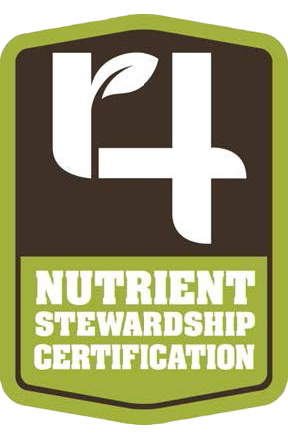
Sunrise Cooperative, Inc. has received notification from the Nutrient Stewardship Council that its Attica, Ballville, Crestline and Norwalk agronomy facilities have retained its 4R Certification for the sixth year. These locations are the first facilities to earn year six certification.
Also earning recognition for with year-one certification are the Sunrise South Charleston, Osgood and Uniopolis agronomy locations.
A leader in agriculture, nutrient management and addressing water quality concerns in the Lake Erie Basin, and the full state of Ohio, Sunrise has proven they are managed in accordance with the 4R Nutrient Stewardship Certification Standard.
“At Sunrise, we begin each day committed to growing the success of our customer-owners, including having people in place to assist with continued education and responsible management of their nutrients,” said George D. Secor, President/CEO of Sunrise Cooperative. “Our dedication to nutrient stewardship is an example of our commitment to water quality and doing our part by not applying nutrients when they are not needed.”
Sunrise Cooperative 4R Certified Locations
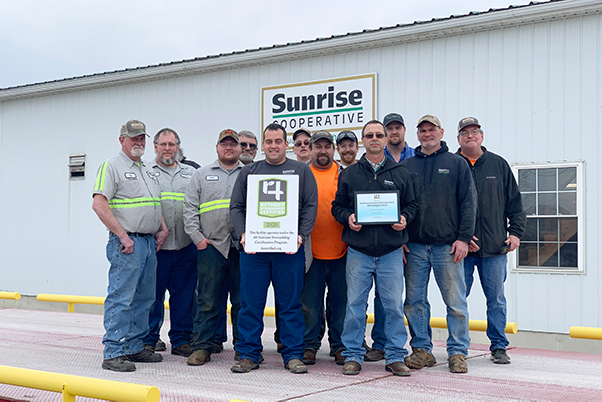
Attica Agronomy - 6th year
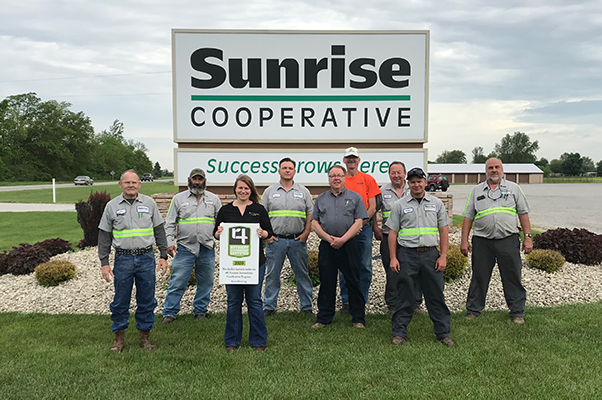
Ballville Agronomy - 6th year
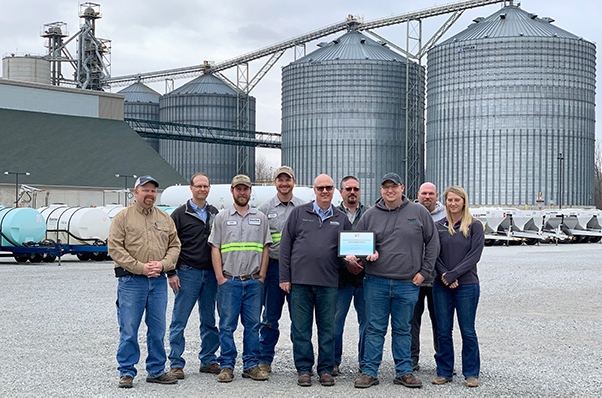
Crestline Agronomy - 6th year
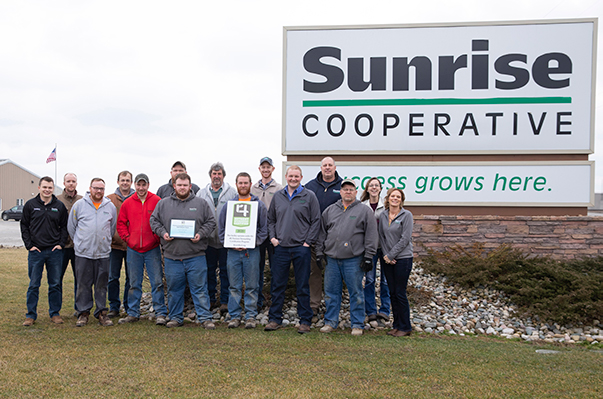
Norwalk Agronomy - 6th year
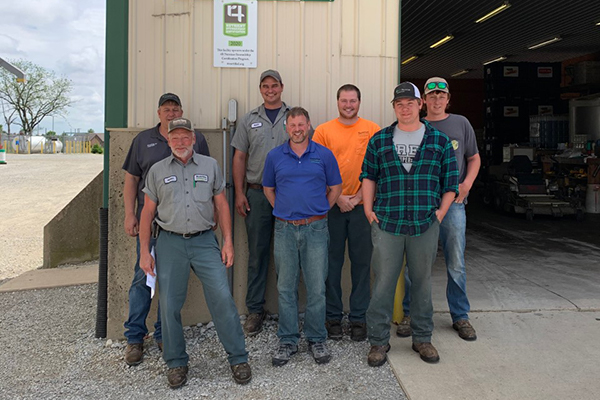
Osgood Agronomy - 1st Year
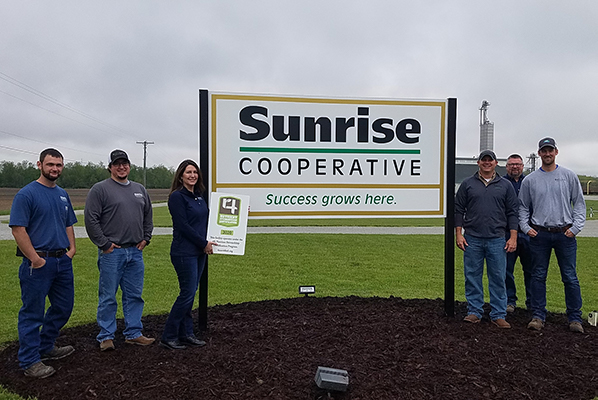
South Charleston Agronomy- 1st Year
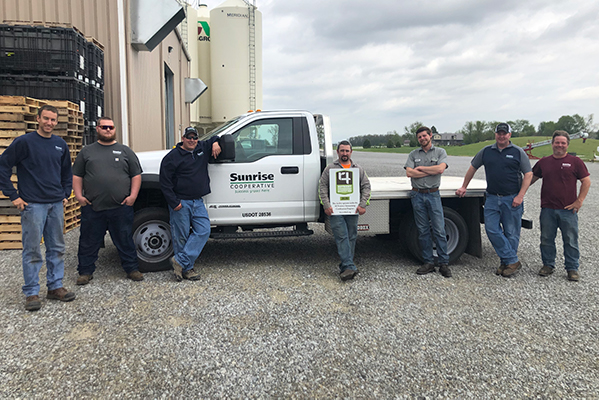
Uniopolis Agronomy- 1st Year
Additional Resources
New Tri-State Fertilizer Recommendations
With an update to the Tri-State Nutrient Recommendations being released by Fall of 2020 there will be some big differences to the presentation of numbers from soil tests results. Sunrise Cooperative will take the opportunity to change from reporting soil tests from pounds/acre to parts per million (ppm).
Sunrise chose to provide our customer-owners the latest recommendations available that are:
- Backed by extensive university research
- Tailored to modern yield potential and agronomic management practices
- Both environmentally and economically sustainable
- Able to be customized for specific crop production fertility needs
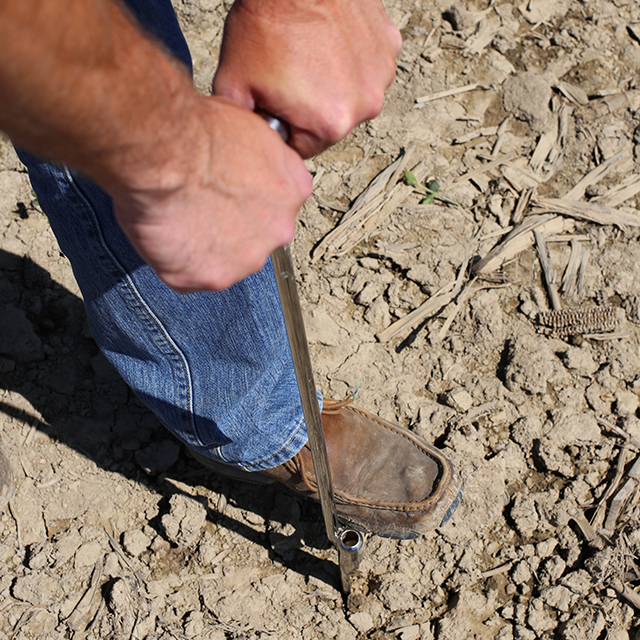
The Value of a Soil Test
Many times, when we discuss the cost of grid soil sampling farmers get hung up on the cost per acre instead of the value of the test itself. The words “cost” and “value” get mixed and the $10 per acre cost becomes a hurdle which is not overcome. The value is never realized because the cost is the only item of focus.
To show the value I must describe the why of grid soil sampling through a story. Consider a teacher, after several weeks of teaching a whole host of subject matter wants to evaluate how her students are learning. She could give a single student a test on math, with another student getting tested on science, while a third gets a test on social studies. The teacher will get results, but only from specific students, what if the test each student gets is their weakest subject, or their strongest, and it represents the knowledge of the entire class?
The Value of a $10 Soil Sample
Sunrise Precision Solutions team member, Craig Houin, discusses the value of a $10 Soil Sample in this short video.
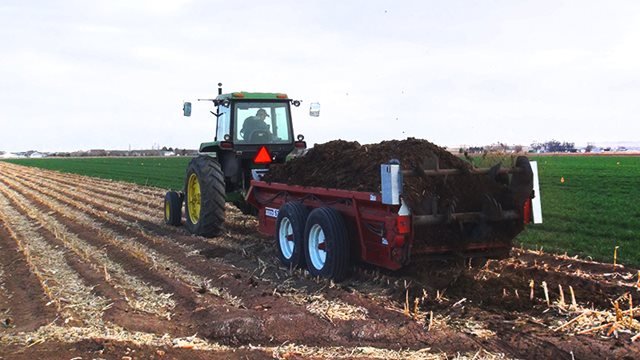
Managing the Application of Manure
With proper management, livestock manure can be a valuable resource for crop nutrients, while also protecting our environment at the same time.
Step 1: Use soil test and cropping information to determine nutrients needed.
Manure should not be applied at rates exceeding nitrogen requirements. Where practical, manure should be applied based upon phosphorus needs. In general, for soils testing 150-300 lb/Acre P, add no more than crop removal, and for soils testing > 300 lb/Acre P, do not apply manure.
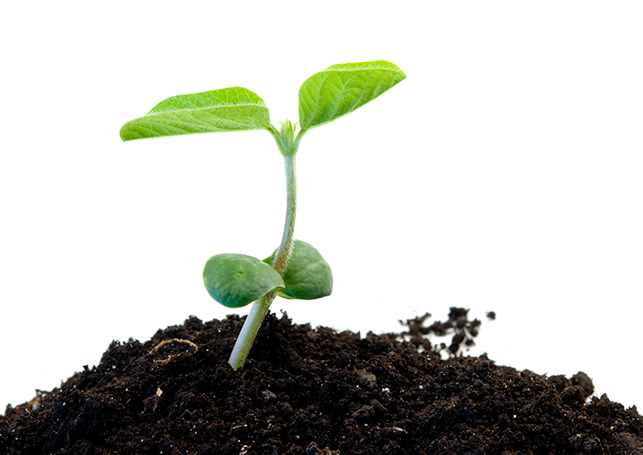
Timing is Everything: A Comprehensive Approach to Crop Nutrition
Grid soil sampling has served as the standard for assessing soil fertility for the last several years. It has allowed growers to invest fertilizer dollars more effectively in comparison to dated alternatives such as composite sampling. Grid soil sampling serves as an excellent base for looking at pH, phosphorus, and in some cases potassium levels. pH and P1 (plant available) phosphorus levels are the two most accurate soil tests conducted.
Articles
Governor DeWine announces H2Ohio farmer incentive program expansion
7/7/21
H2Ohio Initiative Announces 150 New Projects Across Ohio
5/19/21
Protecting Your Nitrogen
Fertilizer Investment
12/15/20
Protecting Your Phosphorus Fertilizer Investment
12/15/20
H2Ohio, Looking Back
And Looking Ahead
12/15/20
New H2Ohio Program
Being Offered
11/20/20